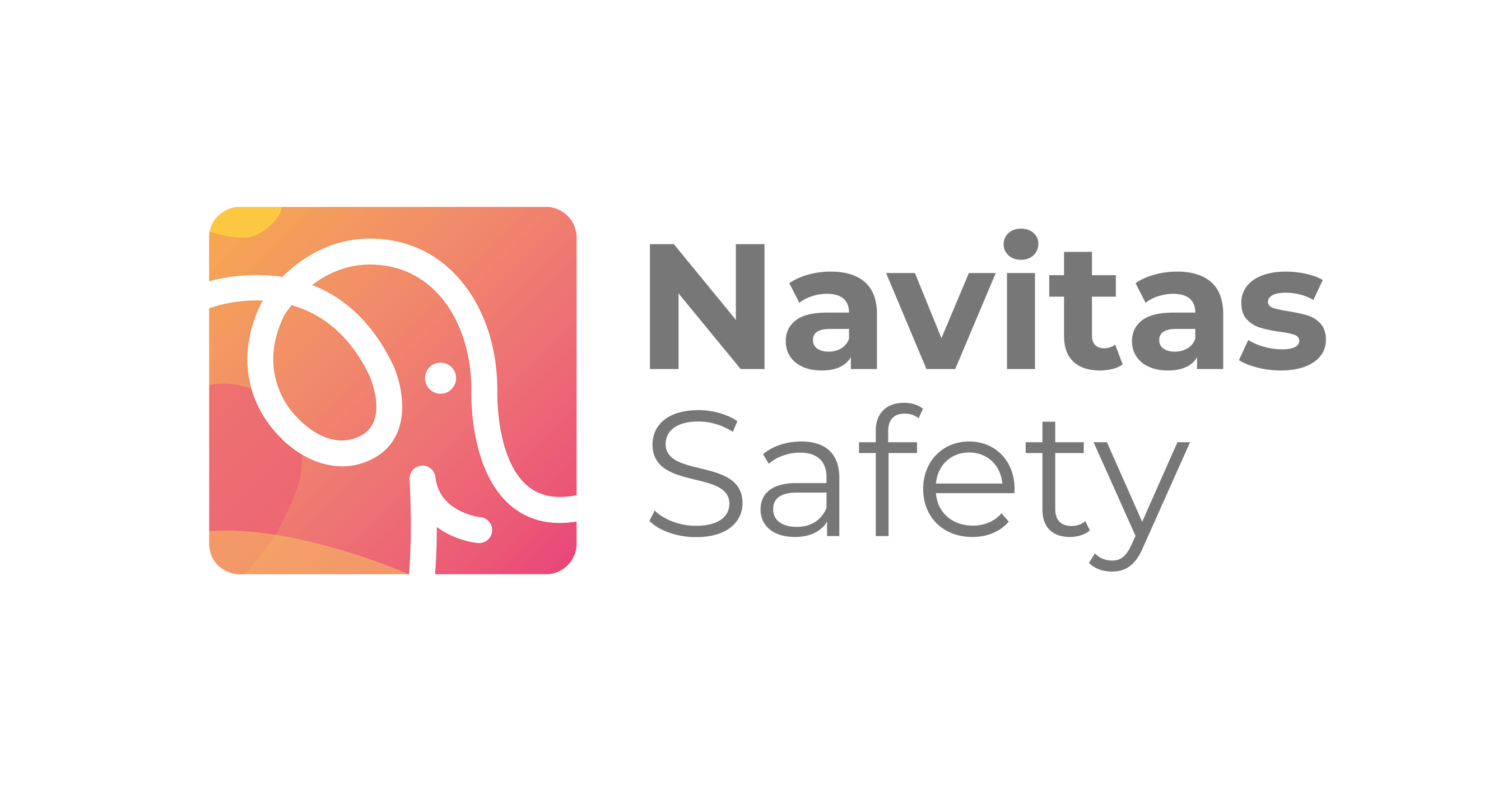Earlier this month, it was reported that the UK was experiencing an E. coli infection outbreak, with over 100+ reported cases. Since then, the number of people affected has risen to 211, with 147 in England, 35 in Scotland, 27 in Wales and 2 in Northern Ireland.
The UK Health Security Agency advises that these reported cases are all part of a single outbreak. They specifically reference ‘Stec 0145’.
The exact source of the outbreak is yet to be identified, however it is speculated that the food products linked to the outbreak are ‘salad containing items’. Consequently, food manufacturers are recalling at least 60 types of pre-packed sandwiches, wraps and salads sold across Aldi, Asda, Co-Op, Morrisons and more as a precautionary measure.
“Sandwich manufacturers are taking a precautionary measure to recall various sandwiches, wraps, subs and rolls in response to findings from investigations by the Food Standards Agency (FSA), Food Standards Scotland (FSS) and UK Health Security Agency (UKHSA) who are working to identify the cause of an ongoing outbreak caused by shiga toxin-producing E.coli (STEC). The full list of products can be found in the product recall information notice (PRIN).”
– Darren Whitby, Head of Incidents at the FSA
You can find the current Product Recall Information Notice here.
As consumers and as hospitality professionals, it’s important for us to understand E. coli infection and prevention in order to keep ourselves and our customers safe, minimising spread and impact.
What is E. coli?
Escherichia coli (E. coli) is a type of bacteria that lives in the intestines of healthy people and animals. While most strains of E. coli are relatively harmless, certain strains can cause severe symptoms and may even be fatal
Who is at Risk of E. coli Infection?
E. coli infection can affect anyone, but certain groups are more vulnerable. These include young children, the elderly, and individuals with weakened immune systems. It’s crucial for these groups to take extra precautions to avoid exposure.
E. coli Symptoms
E. coli symptoms typically begin 3 to 4 days after exposure, known as the onset time, though they can appear as soon as 1 day or as late as 1 week.
Common E. coli symptoms include:
- Diarrhoea, ranging from mild and watery to severe and bloody,
- Stomach cramps, pain, or tenderness,
- Nausea and vomiting,
- More severe symptoms in vulnerable groups can cause infected people to have meningitis.
Causes of E. coli Infection
E. coli infection can occur from ingesting even small amounts of contaminated substances, such as:
- Water:
Drinking or swimming in contaminated water. - Food:
Eating unwashed raw leafy vegetables or undercooked meat, especially ground beef. - Unpasteurised Products:
Consuming unpasteurised dairy or juice products, such as raw milk cheese.
It can also spread through contact with:
- Infected Animals or Their Faeces:
Handling animals or touching contaminated surfaces. - Infected People:
Person-to-person transmission. - Contaminated Environments:
Touching surfaces in environments where the bacteria are present.
Precautions to Prevent E. coli Infection
To minimise the risk of E. coli infection, follow these preventive measures:
Thorough Cooking of High-Risk Foods
Cook food to a core temperature of at least 75°C for 30 seconds. Increase the number of probe checks for high-risk foods where possible and record the results. Ensure meat is fully seared and do not serve any minced beef products less than thoroughly cooked.
Avoid Unpasteurised Products
Steer clear of unpasteurised dairy or juice products.
Wash Vegetables Thoroughly
Clean raw leafy vegetables meticulously. Pre-clean the equipment to be used for food washing, such as a designated sink or container, before and after use, using a two-stage cleaning method. If using a proprietary fresh produce wash, follow the manufacturer’s instructions and dilution rates carefully. Plus, thoroughly rinse the vegetables post-washing in a clean and disinfected sink or container.
Avoid Cross-Contamination
Clean and disinfect utensils and equipment thoroughly. Use dedicated and separate tools and preparation areas for raw and ready-to-eat foods. Store raw and ready-to-eat foods separately (raw food below ready-to-eat or in/on separate designated fridges/racking).
Dishwasher Safety
Ensure dishwashers operate effectively at a minimum rinse cycle temperature of 82°C.
Sanitiser Use
Follow manufacturer’s instructions for sanitiser dilutions and ensure the contact time for the product you are using is known and applied. The product you are using should conform to the requirements of BS EN 1276.
Good Personal Hygiene
Wash hands regularly, especially after going to the toilet, eating, or touching your face. Avoid unnecessary hand to surface contact. Ensure hand sinks are designated, clean and disinfected. They must also be fully stocked with antibacterial soap, disposable hand towels, and hot running water.
Review Safety Procedures
Revisit and review your Food Safety Management System SOP on E. coli controls. Re-communicate this to your team using a staff sign off sheet.
What to Do If You Display E. coli Symptoms
If you experience E. coli symptoms, report to your line manager immediately. If symptoms worsen, contact NHS 111. Ensure you are symptom-free for 48 hours before returning to work and complete a return-to-work form.
For more information on food safety and E. coli prevention, contact us at [email protected].
By following these guidelines and staying informed, you can help protect yourself and others from the risks associated with E. coli.
If you need help with your safety processes, speak to a member of our safety team who will be able to advise you on how to operate safely.
Subscribe for more safety content updates:





